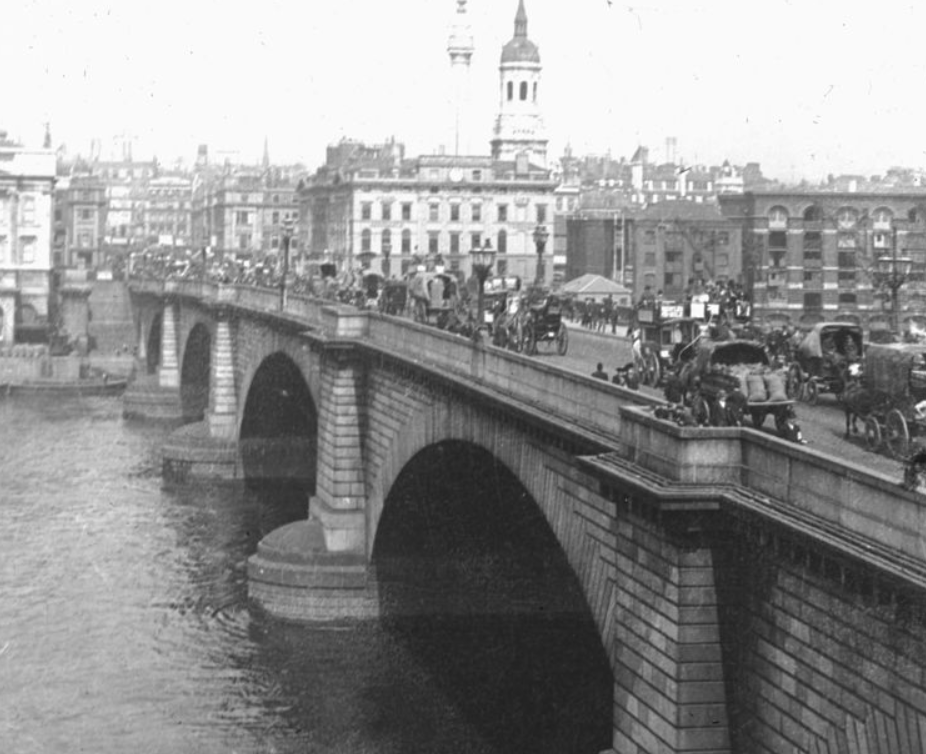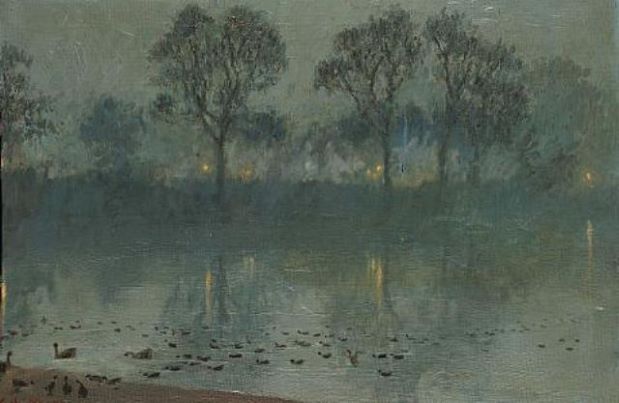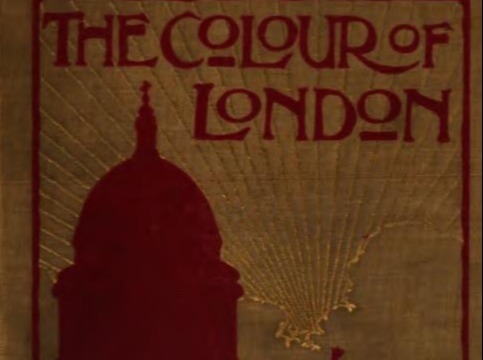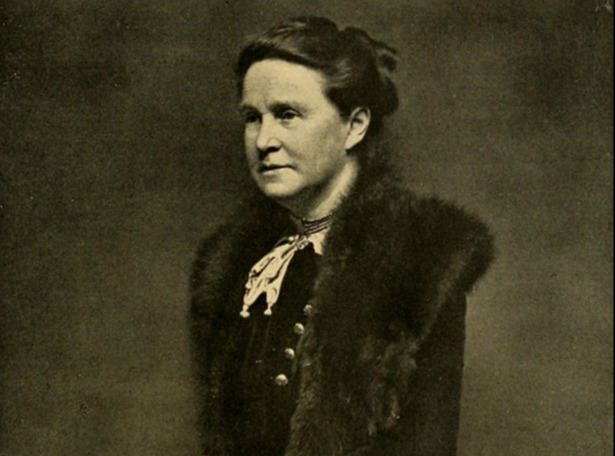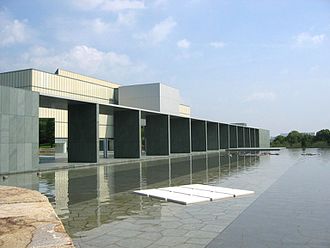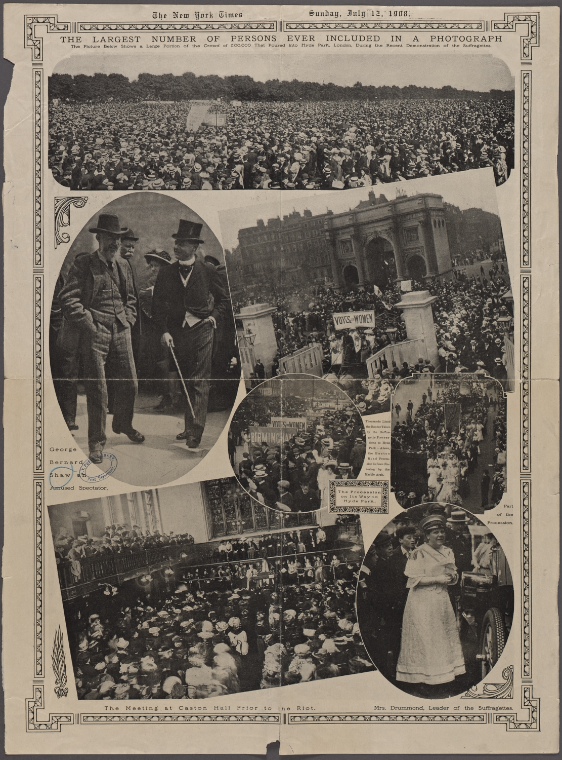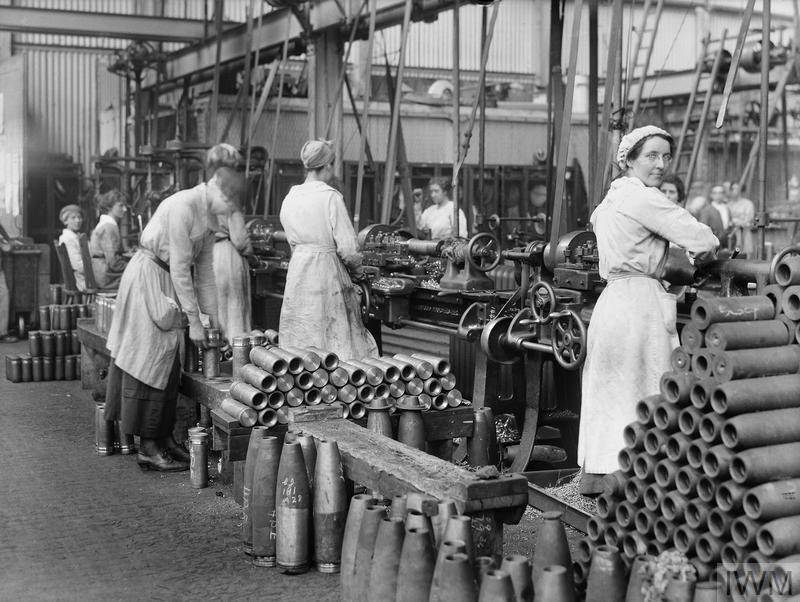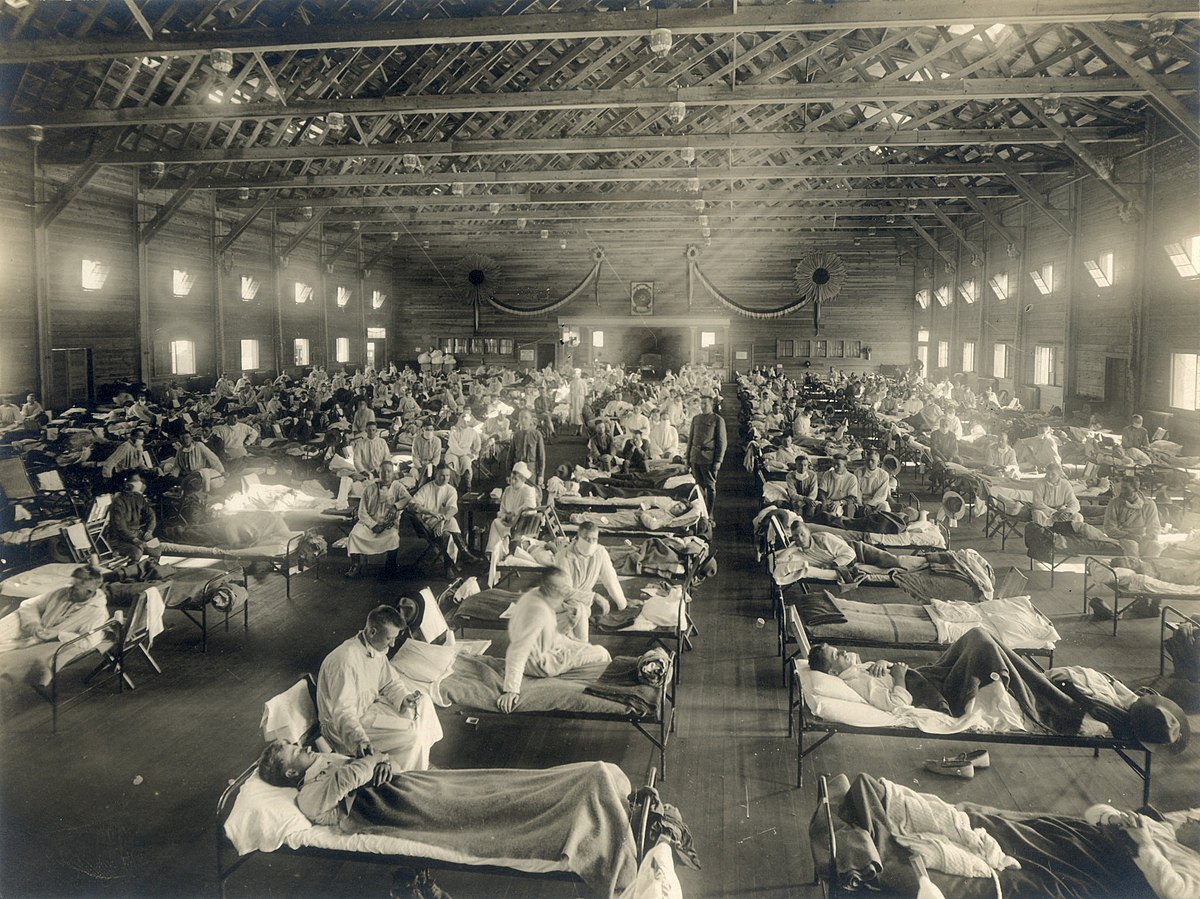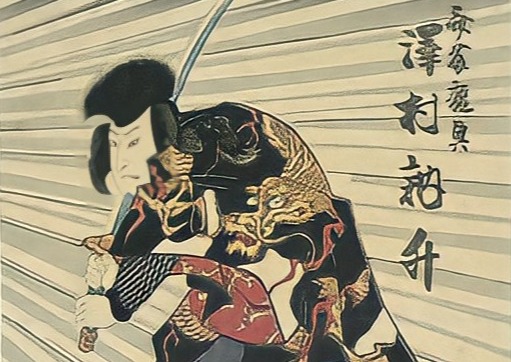
Samurai. Digital Public Library of America.
Markino's Beginnings
Native to Japan and a great traveler of the Western World, Yoshio Markino marked the London art and literature scene with his unique Japanese-English blend of techniques and perspectives. Born to a samurai family that had fallen on hard times, Markino grew up in the village of Koromo in the Aichi prefecture of Japan. In his young adult years, he was greatly influenced by the protestant missionaries near his hometown and through them developed a desire to make a life for himself abroad (Rodner 2004).
First, he traveled to the United States and settled in California to study art, changing his name from “Makino” to “Markino” so that it could be more easily pronounced by English speakers (Ono 2013).
